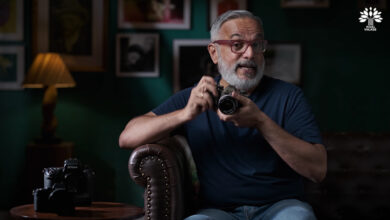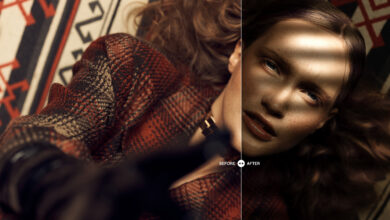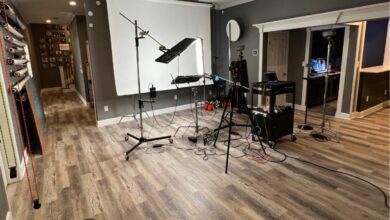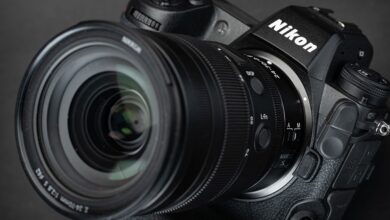A better way to use the Rule of Thirds to your advantage
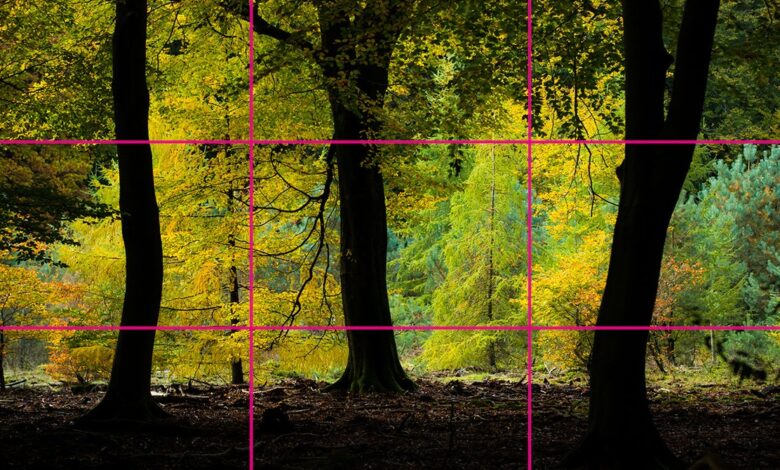
There is a love-hate relationship when it comes to the rule of thirds. Some love it, others resent it. It’s supposed to kill creativity, but it can help you get a more compelling image. I believe we often use the rule of thirds the wrong way.
The rule of thirds is probably the most common rule in photography. If you take a photo and dive into the world of composition, that will be the first thing you come across. It’s easy to visualize when you’re taking pictures, and many cameras can project the rule of thirds onto an LCD monitor in live view or in a mirrorless camera’s EVF.
Basics of the Rule of Thirds
The basic use of the rule of thirds is well known. Place the horizon over 1/3 or 2/3 of the frame for best surface division: horizon 1/3 from the bottom if the sky is important or 1/3 from the top if the foreground is important .
It is best to place the subject 1/3 from the sides, preferably 1/3 from the right because we see through the photo from left to right. People who read from right to left might like it on the other side.
When a subject is placed at 1/3 of the frame, combined with the horizon at 1/3, it often looks like an L composition, one of the nine basic shapes of composition theory. While it seems like a good way to fill the frame, it’s not necessarily a good composition. The rule of thirds is a pretty easy way to get on the right track with regards to composition, but you’re not guaranteed to get there in the end, not always.
It’s not about breaking the rule of thirds
The rule of thirds is one of the most important rules of composition for some people, while others feel they should completely break it, sometimes, just for that reason. Those photographers believe it feels too restrictive and hinders a creative approach to photography.
Dropping the rule of thirds entirely could lead to another problem. Chances are, you’ll have to do your best to avoid anything remotely related to the rule of thirds. You will always avoid the horizon at 1/3 of the frame, even if that is the best option. Or will you refuse to place your subject somewhere close to 1/3 of the sides, etc. I’ve seen photographers make weird and sometimes ridiculous composition choices just to avoid anything. what could be related to that rule.
How should the rule of thirds be used?
I believe the rule of thirds is almost always misused. This isn’t about placing objects on one of the 1/3rd lines, but it’s a useful way to create good surface division. By simply dividing the frame into nine equal parts, it becomes much easier to place objects in the frame. It’s a way to achieve a certain balance in your composition by distributing every important element in the best possible way across the frame. It is not necessary to place the horizon or subject on one of the 1/3 lines, unless there is a good reason.
It’s not just about 1/3 of the line when it comes to rules or a third. There are also points of interest where the lines intersect. These spotlights are really the one place where an object will get the most attention. But placing a thread in one of these locations is often not enough. There is a risk that the image is out of balance. In that case, another element in the frame is needed to counterbalance.
Diagonals and curves can be important to a good composition. These help you guide the viewer through the frame, usually toward the main subject. In an ideal situation, these lines will guide the eye through the entire frame to prevent areas from being redundant. Partitioning frames by the rule of thirds can help you in that regard.
Placing elements in the frame, using lines and finding balance in your composition is a creative process. By dividing the frame into nine equal parts, creating creative compositions becomes much easier. Leaving out these helpful lines won’t help your creativity. The only case when the third rule kills creativity is when you blindly stick to the 1/3 position of the elements.
Use the Rule of Thirds to your advantage
It is difficult to visualize the layout rules when you are in position. The Fibonacci spiral, the golden ratio, or the golden triangle are based on mathematical calculations. While these often make sense, using them while taking pictures is a challenge.
The rule of thirds is easy to imagine. You can even activate a grid on your camera to show the rule of thirds. If you own a mirrorless camera, these guides even show up in the electronic viewfinder.
Don’t use it just to place the horizon or the subject above 1/3 of the frame, but let the surface division help you place all the elements in the best possible way. I believe it is the best way to use the rule of thirds to your advantage.
Do you use the rule of thirds, or are you a photographer who avoids it at all costs? Please share your opinions and thoughts in the comments section below.
